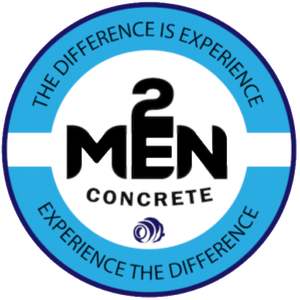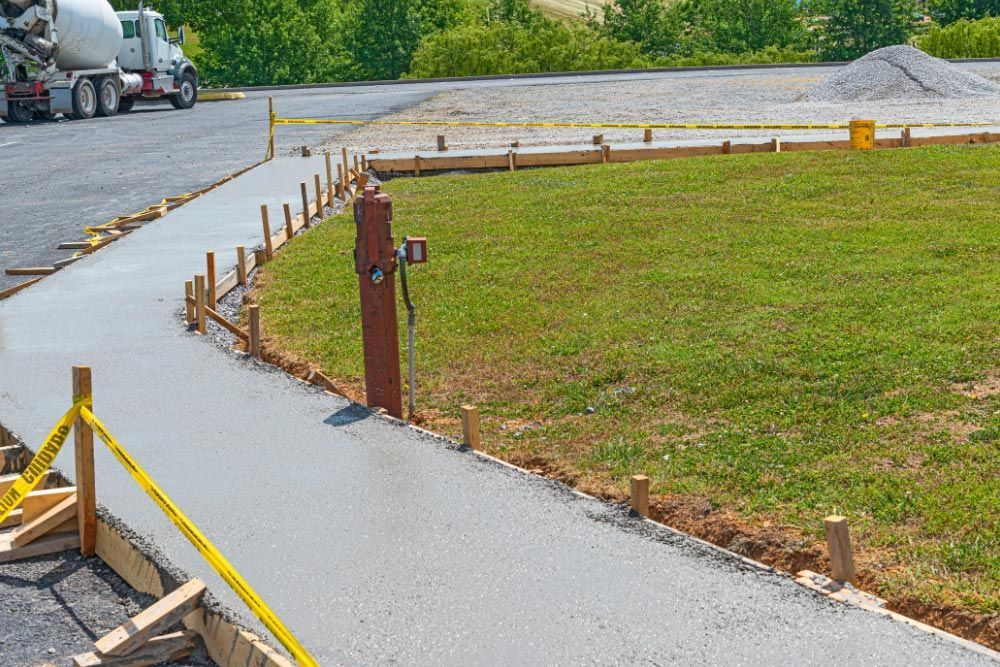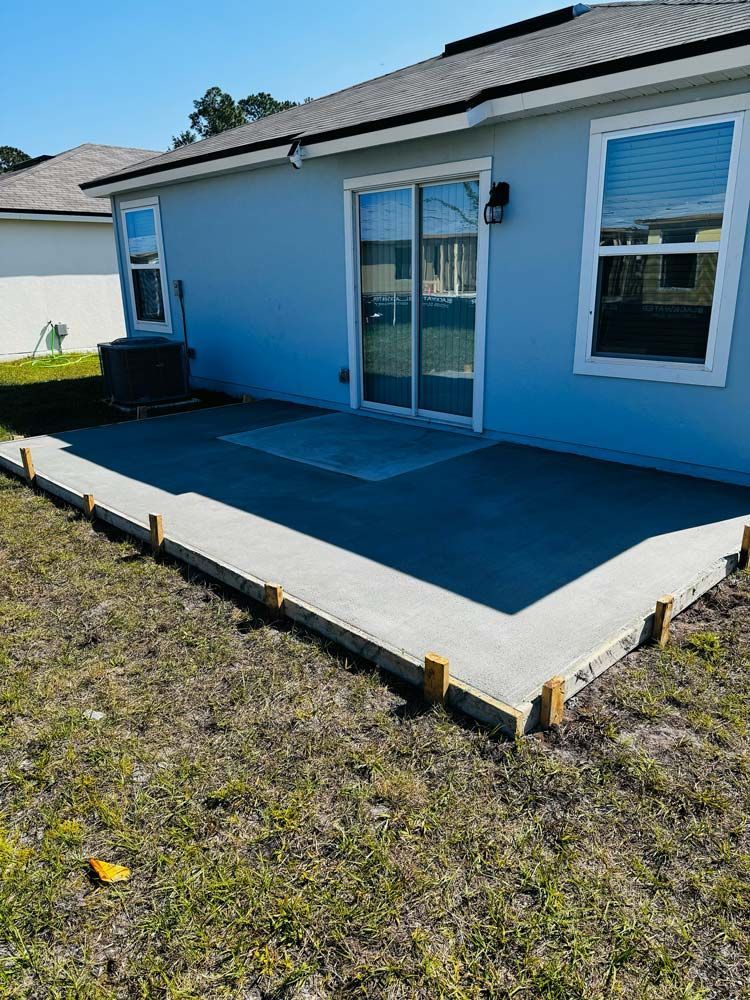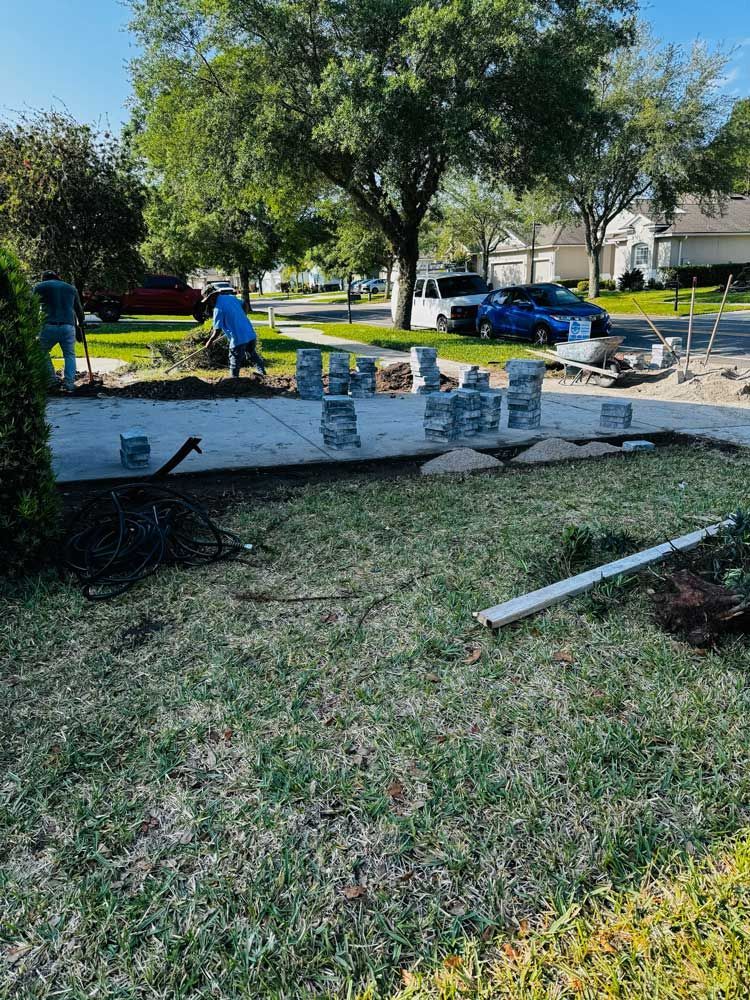10 Types of Cracks in Concrete and How to Fix Them
Concrete is one of the most durable and widely used construction materials in the world, but it is not immune to damage. Over time, even the strongest concrete can develop cracks due to factors such as shrinkage, temperature changes, soil movement, heavy loads, or poor installation practices. Understanding the different types of cracks in concrete and how to repair them is essential for homeowners, contractors, and property managers who want to maintain safe and long-lasting structures.
In this article, we’ll explore 10 common types of concrete cracks, their causes, and the best repair solutions.
1. Hairline Cracks
Hairline cracks are ultra-thin fractures, usually less than 0.1 mm wide, that appear on the surface of freshly cured concrete. They look like faint lines or spider webs. While mostly cosmetic at first, they can widen over time if exposed to water or freeze-thaw cycles.
Causes:
- Rapid evaporation of water during curing, especially in hot or windy weather
- Normal shrinkage of concrete as it dries
- Sudden temperature fluctuations causing expansion and contraction
Fix & Prevention:
- Short-term repair: Apply a penetrating sealer or epoxy injection to block moisture intrusion.
- Aesthetic improvement: Use resurfacing products or micro-toppings for a uniform finish.
- Prevention: Keep concrete moist during curing using curing blankets, plastic sheeting, or spray-on curing compounds. Avoid pouring in extreme weather conditions.
2. Shrinkage Cracks
Shrinkage cracks are among the most common and usually appear within days or weeks after pouring. They may look like random patterns, or straight/curved lines across slabs, driveways, and sidewalks.
Causes:
- Excess water in the concrete mix
- Evaporation of water during curing
- Lack of properly placed control joints
Fix & Prevention:
- Minor cracks: Seal with polyurethane or acrylic crack filler.
- Larger cracks: Use epoxy injection for structural integrity.
- Prevention: Install control joints every 10–15 feet for slabs, follow correct water-to-cement ratios, and use reinforcement mesh or fibers to control shrinkage.
3. Settlement Cracks
Settlement cracks form when soil beneath the slab shifts or compresses unevenly. These cracks are often wider at the top than at the bottom, indicating downward soil movement.
Causes:
- Poor soil compaction before pouring
- Erosion from poor drainage or underground water movement
- Excessive loads on weak soil
Fix & Prevention:
- Small cracks: Fill with epoxy or polyurethane crack filler
- Severe settlement: Use slab jacking (mudjacking) or polyurethane foam injection to re-level the slab
- Prevention: Compact soil properly before pouring, add a gravel base for stability, and ensure gutters and drainage systems keep water away from the slab.
4. Structural Cracks
Structural cracks are deep and wide (often over 1/8 inch) and typically run through beams, columns, or foundations. They signal compromised structural strength and should never be ignored.
Causes:
- Loads exceeding design limits
- Foundation settlement
- Design flaws or poor construction practices
Fix & Prevention:
- Inspection: Always consult a structural engineer before repair.
- Repairs: Use epoxy injection for smaller cracks, or carbon fiber/steel reinforcement for larger ones. In severe cases, replacement of the affected element may be necessary.
- Prevention: Use proper structural design, reinforcement, and soil preparation during construction.
5. Expansion Cracks
When concrete expands due to heat and doesn’t have room to move, it presses against nearby slabs or walls, causing expansion cracks. These cracks typically form in large continuous slabs without joints.
Causes:
- Heat-related expansion
- Lack of expansion joints
Fix & Prevention:
- Repair: Flexible joint sealants can fill existing cracks while allowing future movement.
- Prevention: Install expansion joints at regular intervals (every 20–30 feet) to accommodate thermal expansion. Use compressible joint material along edges near walls or other fixed structures.
6. Heaving Cracks
Heaving cracks occur when soil beneath concrete expands upward, lifting and fracturing the slab. Common in colder climates, these cracks are seasonal and can worsen each winter.
Causes:
- Freeze-thaw cycles
- Expansive clay soils swelling with moisture
- Tree root growth under slabs
Fix & Prevention:
- Repair: Remove roots, re-level slabs with mudjacking or foam injection.
- Prevention: Install frost-protected shallow foundations, improve drainage, and avoid planting trees too close to concrete surfaces. For frost-prone regions, add insulation beneath slabs.
7. Crazing Cracks
Crazing cracks form a network of very fine lines, often resembling shattered glass. They’re shallow and mostly cosmetic but can trap dirt, chemicals, and moisture.
Causes:
- Over-finishing concrete while bleed water is still present
- Using mixes with excessive water
- Rapid drying during curing
Fix & Prevention:
- Repair: Apply sealers to prevent water and chemical penetration. Resurfacing can restore a smooth, even look.
- Prevention: Avoid finishing until bleed water evaporates and use proper curing techniques. Reduce water content in the mix for stronger, more durable concrete.
8. Diagonal Cracks
Diagonal cracks form at 30–75° angles and often appear near corners or in foundation walls. They may indicate uneven settlement or shear stress.
Causes:
- Differential settlement of foundations
- Shear stress from loads
- Thermal movement
Fix & Prevention:
- Repair: Epoxy or polyurethane injection for small cracks.
- Reinforcement: Severe diagonal cracks may require steel dowels, carbon fiber straps, or underpinning for foundations.
- Prevention: Ensure foundations are built on well-compacted soil and reinforced properly.
9. Plastic Settlement Cracks
Plastic settlement cracks appear within hours of pouring concrete. They form above reinforcement bars when the concrete settles unevenly around them.
Causes:
- Heavy reinforcement causing localized settlement
- Poor vibration during pouring
- Excess water in the mix
Fix & Prevention:
- Repair: Epoxy or polyurethane sealing restores strength.
- Prevention: Proper vibration and consolidation during placement reduce air pockets. Balanced water-to-cement ratios prevent excessive settlement.
10. Slab Cracks from Overloading
When slabs face loads beyond their designed capacity, cracks appear, often radiating outward in patterns. This is common in driveways, garage floors, and industrial facilities.
Causes:
- Heavy vehicles or machinery
- Insufficient slab thickness
- Low-strength concrete mix
Fix & Prevention:
- Repair: Epoxy injection for small cracks; overlays with steel or fiber reinforcement for moderate cases.
- Replacement: Severely damaged slabs may require full replacement.
- Prevention: Use thicker slabs (4–6 inches for driveways, 6–8 inches for heavy loads) and high-grade concrete mixes.
Tips to Prevent Cracks in Concrete
While cracks in concrete are common, proper planning, installation, and maintenance can greatly reduce their occurrence and extend the life of your slab.
- Use the right concrete mix: Maintain a low water-to-cement ratio to improve strength.
- Install control and expansion joints: These joints allow for natural movement and shrinkage.
- Ensure proper curing: Keep concrete moist for at least 7 days to prevent rapid drying.
- Prepare the soil base correctly: Compact the soil and provide proper drainage before pouring.
- Avoid overloading slabs: Don’t exceed the load capacity of driveways, sidewalks, or floors.
- Seal concrete regularly: Protect against moisture, chemicals, and freeze-thaw damage with high-quality sealers.
DIY vs. Professional Concrete Crack Repair
Not all concrete cracks require the same level of repair. Some minor cracks can be fixed with a simple DIY approach, while others call for professional expertise to prevent further damage.
| Aspect | DIY Repair | Professional Repair |
|---|---|---|
| Best For | Hairline cracks, shrinkage cracks, crazing, minor settlement cracks | Structural cracks, foundation settlement, heaving cracks, reinforcement corrosion |
| Tools/Materials Needed | Concrete caulk, epoxy kits, crack filler, resurfacer, trowel, caulking gun | Epoxy injection systems, slab jacking equipment, polyurethane foam, carbon fiber reinforcement |
| Cost | Low (typically $10–$100 depending on crack size and products) | Higher (can range from $500 to several thousand depending on severity) |
| Skill Level | Beginner-friendly, simple patching and sealing | Requires trained professionals and specialized equipment |
| Durability | Works well for cosmetic or small cracks but may not last long-term | Provides long-lasting structural stability and prevents future damage |
| When to Choose | For non-structural, surface-level cracks that don’t affect stability | For cracks wider than 1/4 inch, spreading, or affecting foundations and load-bearing elements |
Final Thoughts
Cracks in concrete are inevitable, but not all cracks are created equal. Some are purely cosmetic, while others can indicate serious structural problems. By identifying the type of concrete crack and choosing the right repair method, you can extend the life of your slabs, driveways, foundations, and walls.
When in doubt, consult a professional contractor, especially if the cracks are wide, deep, or in load-bearing structures. With proper care, concrete can last for decades without significant issues. Need help fixing concrete cracks? Contact a local concrete repair expert today for a professional assessment and lasting solutions.
Frequently Asked Questions
Are all concrete cracks a sign of serious damage?
No. Many cracks, like hairline or crazing cracks, are mostly cosmetic. However, wide, deep, or structural cracks may indicate serious issues and should be inspected by a professional.
Can hairline cracks in concrete get worse over time?
Yes. Even though hairline cracks are small, they can widen if exposed to moisture, freeze-thaw cycles, or heavy loads. Sealing them early helps prevent further damage.
What is the best way to repair small concrete cracks at home?
For small cracks, you can use a concrete patching compound, epoxy filler, or polyurethane sealant. Always clean the crack before applying the repair product.
How can I prevent concrete cracks from forming?
Use the right mix with less water, ensure proper soil compaction, install control/expansion joints, cure concrete correctly, and avoid placing heavy loads on thin slabs.
When should I call a professional for concrete cracks?
If cracks are more than 1/8 inch wide, run deep through the slab, or appear in load-bearing structures like foundations, it’s best to consult a concrete repair contractor.
Does sealing concrete really help?
Yes. Regularly sealing concrete protects against moisture, freeze-thaw damage, and chemical exposure, which helps prevent cracks and extends the lifespan of the slab.



